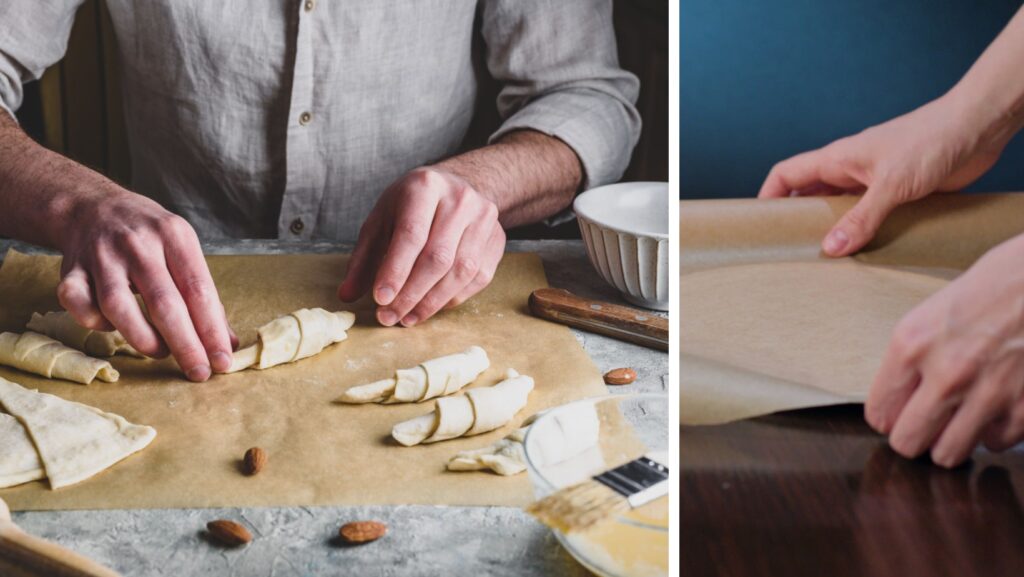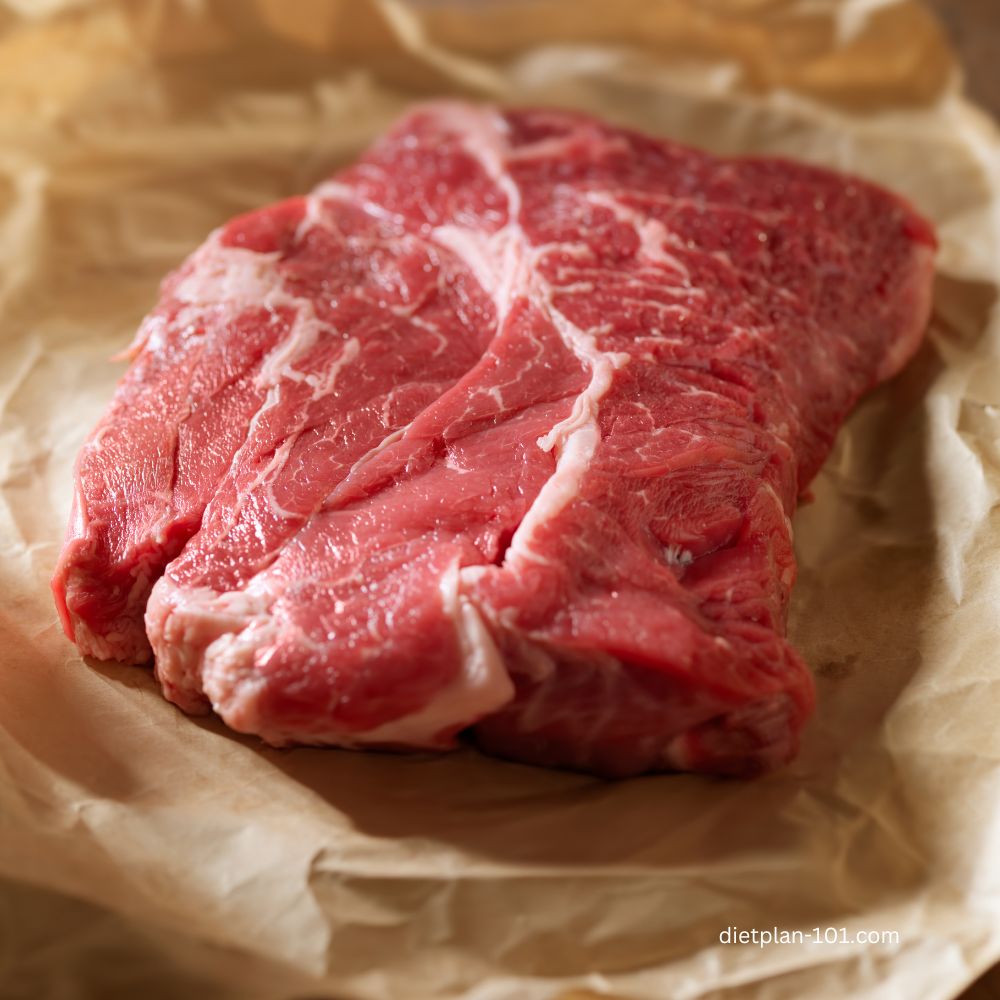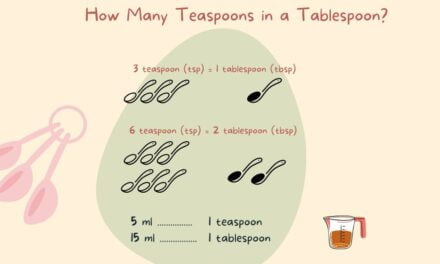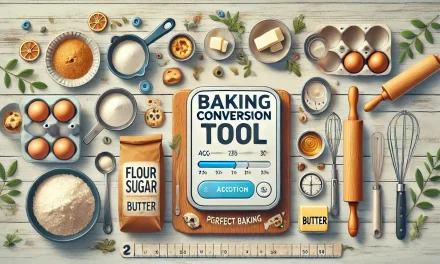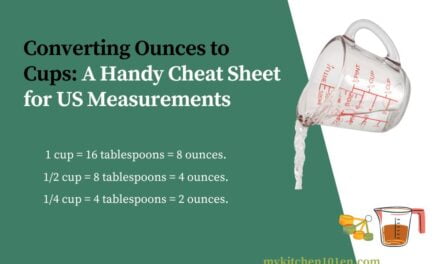Understanding the Differences
Is Parchment Paper the Same as Wax Paper? The short answer is no, they aren’t the same. While parchment and wax paper may look similar at first glance, it’s necessary to understand that they are used for different purposes in the kitchen.
Continue reading, in this article, we will discuss the differences between wax paper and parchment paper and explain when it is best to use each type of paper in your kitchen.
Let’s dive in and explore their unique properties, advantages, and guidelines for safe use.
Key takeaway: Difference between parchment and wax paper
| Aspect | Parchment Paper | Wax Paper |
|---|---|---|
| Composition | Cellulose fibers, silicone | Paper, paraffin/soybean wax |
| Heat Resistance | Yes | No |
| Non-stick Properties | Yes | Not for high heat |
| Common Uses | Baking, cooking | Cold food prep, storage |
| Advantages | Non-stick, heat-resistant | Moisture-resistant, affordable |
| Safety Tips | Avoid temps above 450°F | Do not use with high heat |
| Environmental Impact | Biodegradable | Not compostable |
| Substitutes | Greaseproof paper, silicone baking mats | Aluminum foil, butcher paper |
| Best for | Baking, cooking en papillote | Wrapping cold foods, no-bake recipes |
Table of Contents
What is Parchment Paper?
Parchment paper is a heat-resistant, nonstick, and grease-proof paper made from cellulose fibers.
It’s often coated with silicone and can be super handy for various tasks such as:
- Lining baking sheets and cake pans for easy clean-up
- Cooking en papillote (that’s food wrapped and cooked in a parchment paper pouch)
- Rolling out dough
Parchment paper also works great for even heat distribution, which means no more over-browned treats!
However, it’s to follow some safety tips — like don’t expose it to temperatures above 450°F or leaving it too close to open flames.
What is Wax Paper?
Wax paper is a lightweight, moisture-resistant paper coated with a thin layer of wax, usually paraffin or soybean.
It’s commonly used for:
- Wrapping sandwiches and other cold foods
- Separating layers of food items for storage
- Covering countertops during food preparation
The wax paper offers advantages like easy clean-up and affordability.
However, it’s important to remember that wax paper is not heat-resistant and should never be used in the oven or with high heat. The wax layer could melt and transfer to your food.
Understanding the Differences Between Parchment and Wax Paper
Now that we’ve covered the basics, let’s talk about the key differences between parchment and wax paper:
- Heat resistance: Parchment paper is heat-resistant and suitable for oven use, while the wax paper is not.
- Non-stick properties: Parchment paper has non-stick properties, whereas wax paper’s wax coating can melt under heat and cause it to lose its non-stick property.
- Food preparation tasks: Parchment paper is ideal for baking and cooking, while wax paper works well for cold food preparation and storage.
- Parchment paper tends to have a lower environmental impact than waxed paper since it biodegrades faster and does not contain any petroleum-based wax.
When to Use Parchment Paper vs. Wax Paper
When it comes to using parchment paper and wax paper, it’s important to understand their properties and how to use them correctly in the kitchen.
1. Parchment Paper:
Made from cellulose fibers and coated with silicone, parchments are non-stick and heat resistant—making them ideal for various baking and cooking tasks.
- Baking: Placing parchment paper on cookie sheets makes it much easier to remove baked goods. You can also use it as a sling for lifting brownies or cakes from the pan.
- Cooking en Papillote: Wrap fish, chicken, or vegetables in parchment paper and bake them. This method lets the food steam in its juices, resulting in tender and flavorful dishes.
- Roasting: Place a sheet of parchment paper under vegetables or meats to prevent sticking and make clean-up easier.
- Microwave Cooking: Use parchment paper as a cover when microwaving food to prevent splatters and retain moisture.
- Piping Bag: Make a DIY piping bag for frosting, whipped cream, or meringue by folding a triangle of parchment paper into a cone and snipping off the tip.
2. Wax Paper:
Wax paper is made from paper coated with paraffin or soybean wax, making it moisture-resistant but not heat-resistant. It’s best used for cold food preparation and storage.
- Food Wrapping: Use wax paper to wrap sandwiches, cheese, or other cold foods to keep them fresh and prevent sticking.
- No-Bake Recipes: Line pans or molds with wax paper when making no-bake desserts or candies to ensure easy removal.
- Separating Layers: Place wax paper between layers of food (e.g., burger patties, cookies) to prevent sticking and make it easier to separate them afterward.
- Cake Decorating: Slide a small piece of wax paper under the edges of a cake while decorating to catch any drips or spills. Once you’re done, carefully remove the wax paper for a clean presentation.
- Food Storage: Line the bottoms of food storage containers with wax paper to prevent moist foods from making the containers soggy or hard to clean.
Remember, parchment paper is suitable for heat-related tasks, while wax paper should not be exposed to heat. Using these papers correctly, you can enhance your culinary skills and achieve better results in your cooking and baking endeavors.
Common Substitutes for Parchment and Wax Paper
You can substitute these alternatives for parchment and wax paper.
- Aluminum foil is a versatile and heat-resistant substitute for both parchment and wax paper. It works well for lining baking sheets, roasting, or wrapping foods for storage. However, it lacks non-stick properties, so you might need to grease it for some baking applications.
- Silicone baking mats are reusable, non-stick, and heat-resistant, making them an excellent alternative to parchment paper for baking and cooking. They’re not ideal for wrapping or separating food items but work well for lining baking sheets and pans.
- Greaseproof paper resists grease and moisture but may not be as heat-resistant or non-stick as parchment. It’s useful for lining pans and wrapping food—but you might need to grease it before baking certain dishes.
- Butcher paper is a type of kraft paper commonly used for wrapping meats and fish. It’s breathable and uncoated, so it’s not as moisture-resistant or non-stick as wax or parchment paper. While it’s unsuitable for baking or cooking, you can use it for wrapping cold foods or separating layers.
When using these substitutes, don’t forget to consider their unique properties and adapt your techniques accordingly. Some may not be non-stick or heat-resistant like parchment paper, while others may not provide the moisture resistance of wax paper.
By understanding the characteristics of each alternative, you can choose the best option for your specific kitchen task.
Conclusion
Parchment paper and wax paper are not the same and should not be used interchangeably. Parchment paper is heat-resistant and ideal for baking and cooking, while the wax paper is best suited for cold food preparation and storage.
Understanding the differences and choosing the right type of paper for your task will yield better results in your culinary endeavors. Happy cooking and baking, don’t forget to share this post with your friends and family members who might benefit from this information.
Frequently Asked Questions
Can you put wax paper in the oven?
No, you shouldn’t use wax paper in the oven as they are not heat-resistant.
Can you use wax paper instead of parchment paper for baking?
No, it is not advisable to bake with wax paper. When exposed to heat, the wax can melt and transfer onto your food.
Is parchment paper biodegradable?
Parchment paper is made from cellulose fibers, a natural material that breaks down easily in the environment.
Which is more eco-friendly: parchment paper or wax paper?
When it comes to eco-friendliness, parchment paper is generally considered a more environmentally friendly option than wax paper. You can further minimize your environmental footprint by using reusable alternatives such as silicone baking mats or reusable baking cloth.
How to dispose of parchment paper and wax paper?
Parchment paper can be composted or thrown in the trash. Wax paper should be disposed of in the trash, as it’s not compostable due to the wax coating.
Can I use parchment paper and wax paper interchangeably?
No, parchment paper is heat-resistant and suitable for baking and cooking, while the wax paper is best for cold food preparation and storage.
What are some common substitutes for parchment paper and wax paper?
Substitutes for parchment paper include greaseproof paper and silicone baking mats, while aluminum foil and butcher paper can be used as alternatives to wax paper.
Can I use parchment paper for no-bake recipes?
While it’s possible to use parchment paper for no-bake recipes, wax paper is typically better suited for these tasks due to its moisture-resistant properties.
Are there any safety tips for using parchment paper and wax paper?
For parchment paper, avoid exposing it to temperatures above 450°F and keep it away from open flames. While for wax paper, do not use it with high heat or in the oven, as the wax can melt and transfer to your food.
Can you put parchment paper in an air fryer?
Yes, you can use parchment paper in an air fryer, but make sure it is specifically designed for air fryers or is perforated to allow proper air circulation. Regular parchment paper may block airflow and affect cooking results. Always follow the manufacturer’s guidelines for your specific air fryer model.
What is the difference between butcher paper and parchment paper?
Butcher paper is a type of kraft paper often used for wrapping meats and fish. It’s made from wood pulp and is typically uncoated, making it more porous and breathable than parchment paper. Parchment paper, on the other hand, is made from cellulose fibers and is coated with silicone, making it non-stick and heat-resistant. While both papers are suitable for wrapping food, parchment paper is specifically designed for baking and cooking, whereas butcher paper is not heat-resistant and is better for food storage and wrapping rather than baking or cooking.
Can I use parchment paper and wax paper together when freezing food?
Yes, you can use parchment paper and wax paper together for freezing food, as they each serve different purposes and can complement each other. When freezing individual portions or layers of food, such as fruits, vegetables, or cookie dough balls, use parchment paper to separate the layers and prevent the items from sticking together. This will make it easy to remove and use them individually. For wrapping and protecting food items like sandwiches, cheese, or cuts of meat, use wax paper. Its moisture-resistant properties help to guard the food against freezer burn and maintain freshness for longer periods. By combining the strengths of both parchment paper and wax paper, you can effectively freeze a variety of food items while ensuring easy access and optimal freshness.


